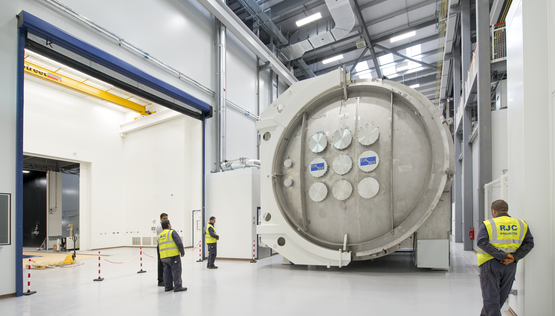As I reflect on the tragic loss of life that took place as a result of the implosion of the submersible attempting to visit the wreckage of the Titanic, I see both similarities and differences between traveling to the bottom of the ocean and riding a rocket to the edge of space.
Similarities include:
· Both experiences take place in harsh and unforgiving environments
· Both experiences involve a significant level of risk
· Only a relatively small number of people have ever had either experience
· The cost to buy a ticket for either experience is rather high
Perhaps the most significant difference between the two excursions is that for submersibles, there is a comprehensive set of industry standards, and common practice is for vehicles to be certified or “classed” by marine organizations such as the American Bureau of Shipping (ABS), DNV (Det Norske Veritas, a global accreditation organization based in Norway), or Lloyd’s Register. However, certification isn’t mandatory.
For commercial human spaceflight, we really don’t have an equivalent framework. Launches are conducted under an “informed consent regime,” where companies must thoroughly brief their customers on all of the anticipated risks, and then have them sign a document stating that they understand and accept those risks. Meanwhile, the FAA is currently under a moratorium, or “learning period,” that is scheduled to expire in October (unless extended by Congress), that prohibits issuing regulations that are intended to protect the safety of crew or spaceflight participants. There has been some initial work to develop voluntary industry consensus standards, such as the effort being led by ASTM, but most of the standards that have been published to date have to do with topics like terminology or propellant stowage rather than being focused on human spaceflight safety.
As a result, this may be an appropriate time for those of us in the aerospace community to ask ourselves whether we are fully prepared for what might happen after the next human spaceflight accident. We know that we will have spaceflight accidents in the future — just like we do for every mode of transportation, including cars, trains, planes, and boats. My fear is that after a high-profile human spaceflight accident, we may see a significant outcry from the public, the media, Congress, or the Administration, with people asking, “How could the government have allowed this to happen?” That would be followed by the FAA being directed to immediately put out regulations that would prevent such an occurrence from ever taking place again.
Unfortunately, my experience has been that Rushed Regulations are Bad Regulations. A much better approach would involve government, industry, and academia working together to come up with an updated Commercial Human Spaceflight Regulatory Framework, that would take advantage of what we have learned over the last 62 years of human spaceflight, and that would encourage the continuous improvement of human spaceflight safety, while still allowing advanced technologies, innovation, and new ways of doing business.
Such a framework may not even require the addition of any new regulations. It will be important to retain the existing “informed consent” regime, but the new framework could potentially include, by reference, a comprehensive set of FAA-approved, voluntary industry consensus standards. Companies could then either demonstrate their compliance with those standards, or provide the appropriate data and rationale showing how an alternative approach would have an equivalent level of safety.
I suspect that the reason the development of industry standards has taken so long is that under the moratorium, industry has no incentive to devote the necessary time and energy to the effort, or to assign their best people to work on it. Plus, they are too busy launching rockets! If the moratorium is allowed to expire, industry may decide that it would be better for the private sector to have a system with light-touch government oversight and common-sense industry standards, than one in which the government attempts to come up with prescriptive design requirements on its own. That could turn out to be just the incentive needed to enable commercial human spaceflight to thrive while continuously improving its safety.
All the Best!
Dr. George C. Nield
GSA Chairman












